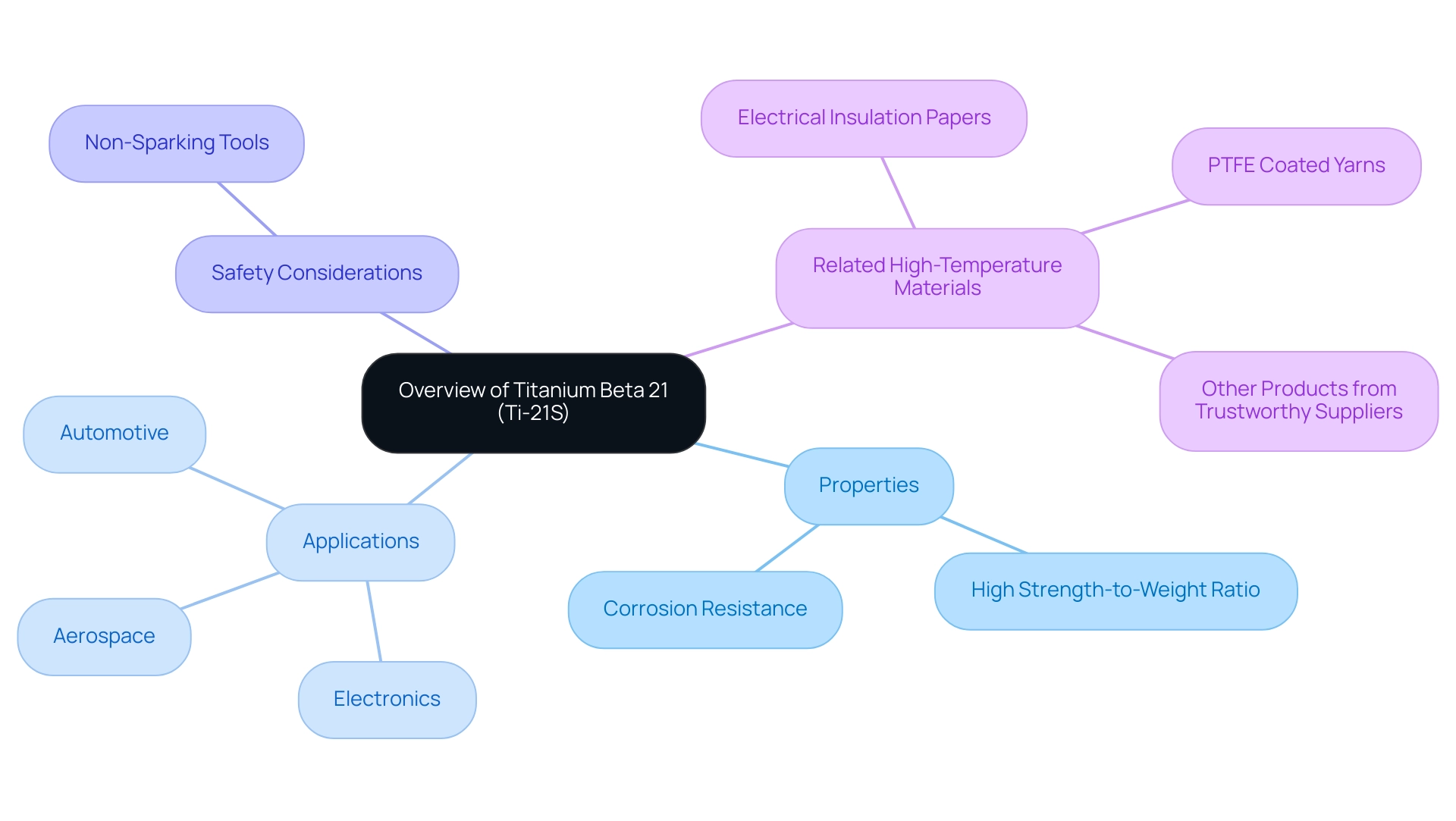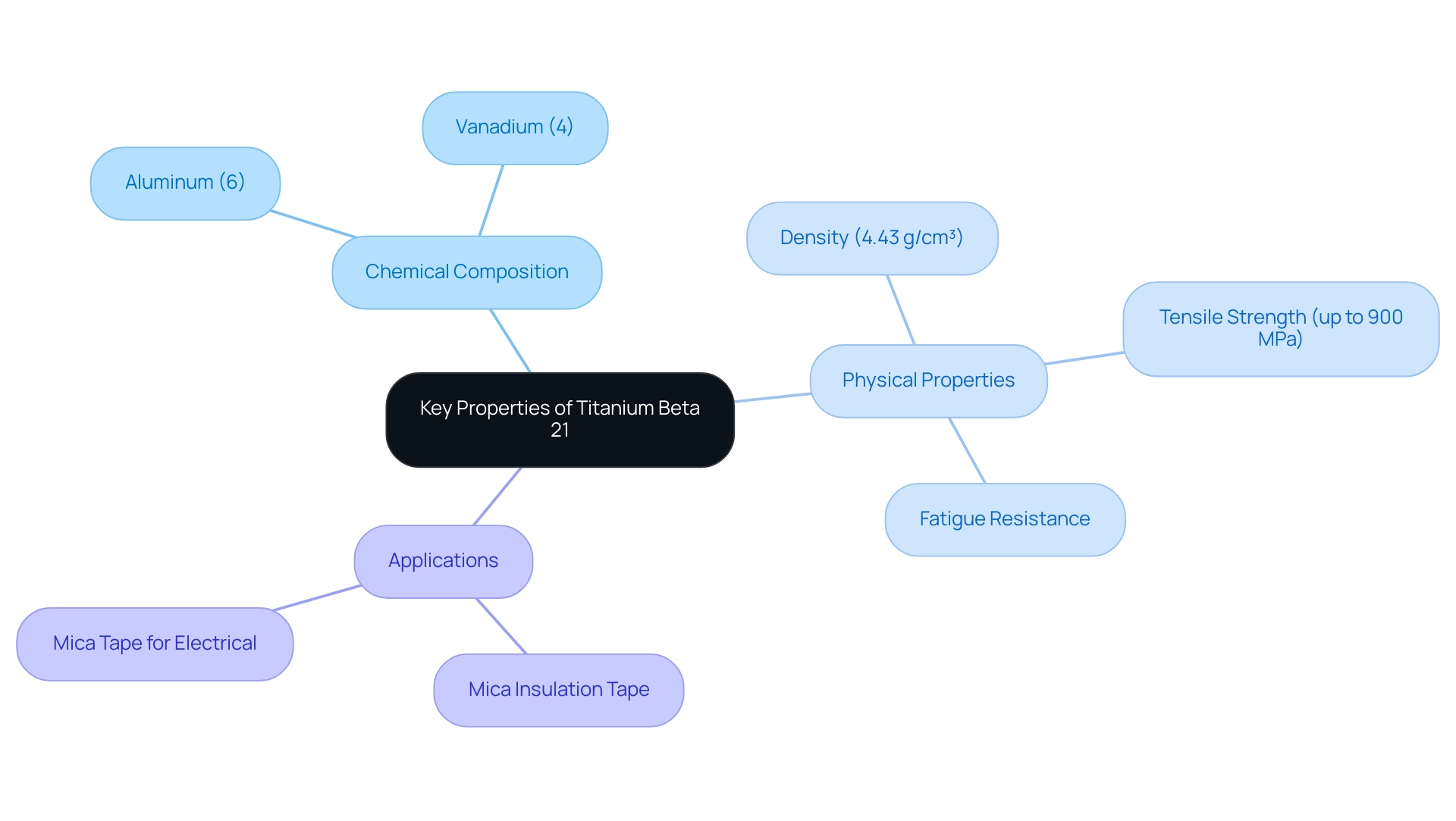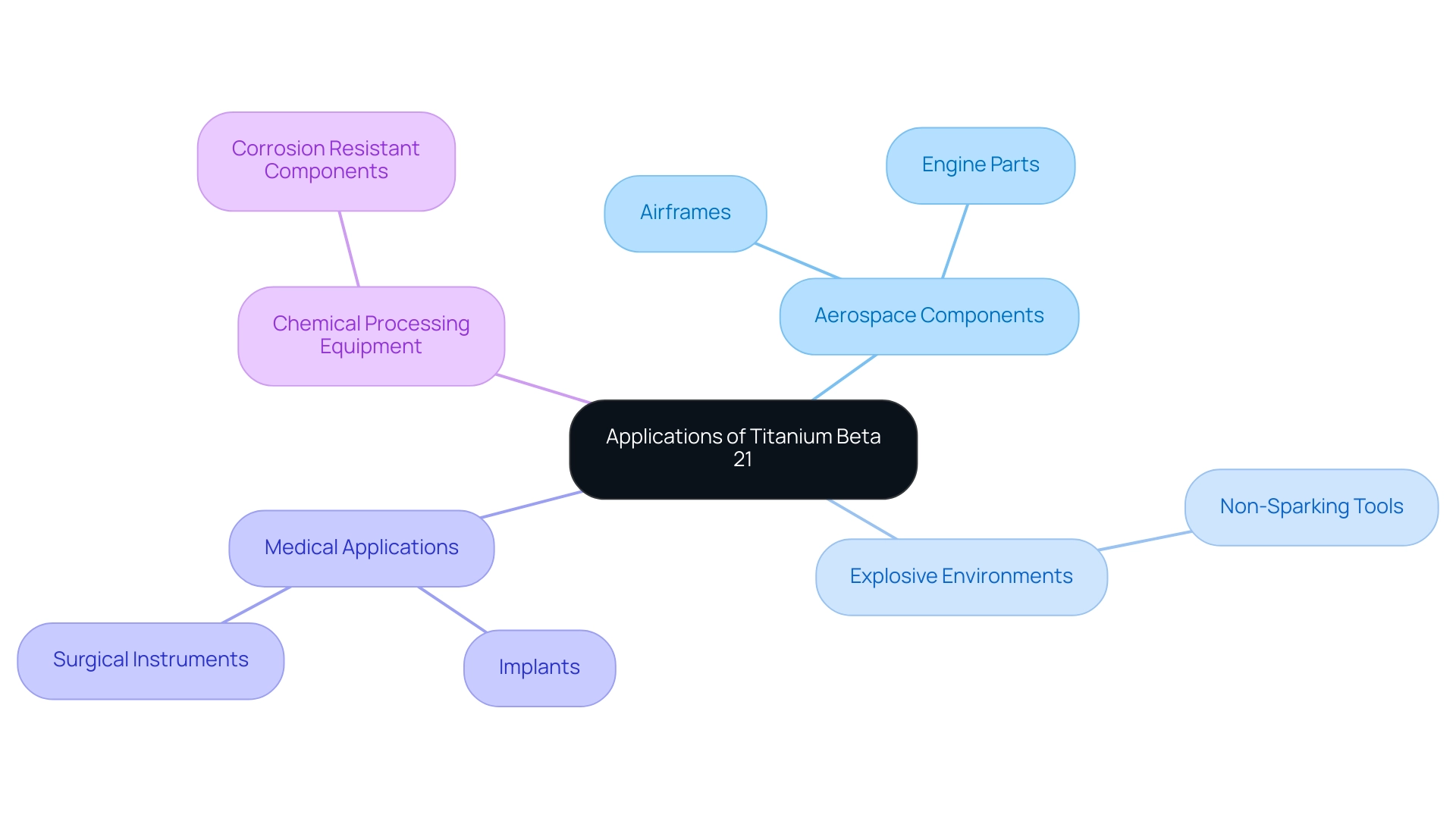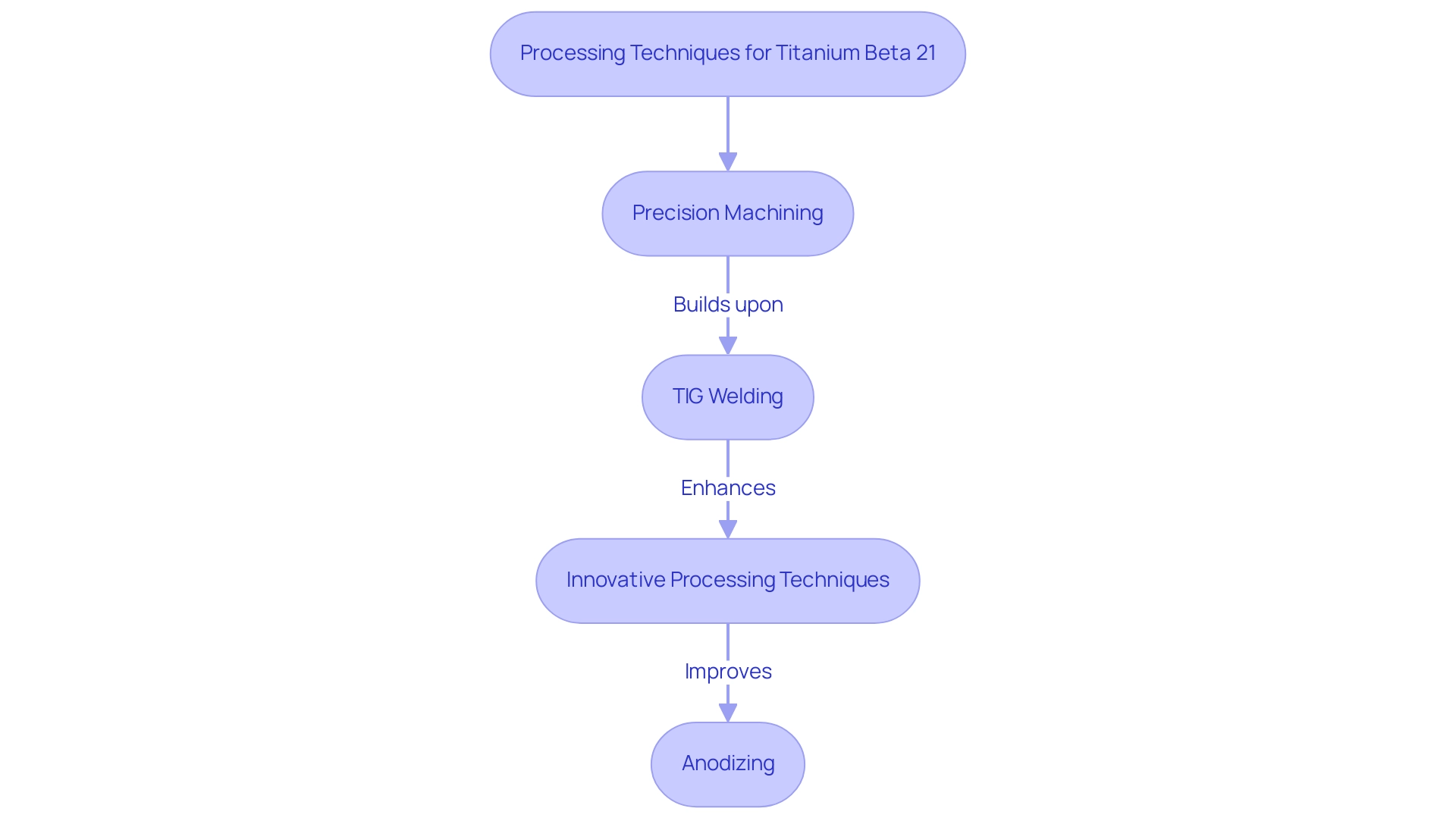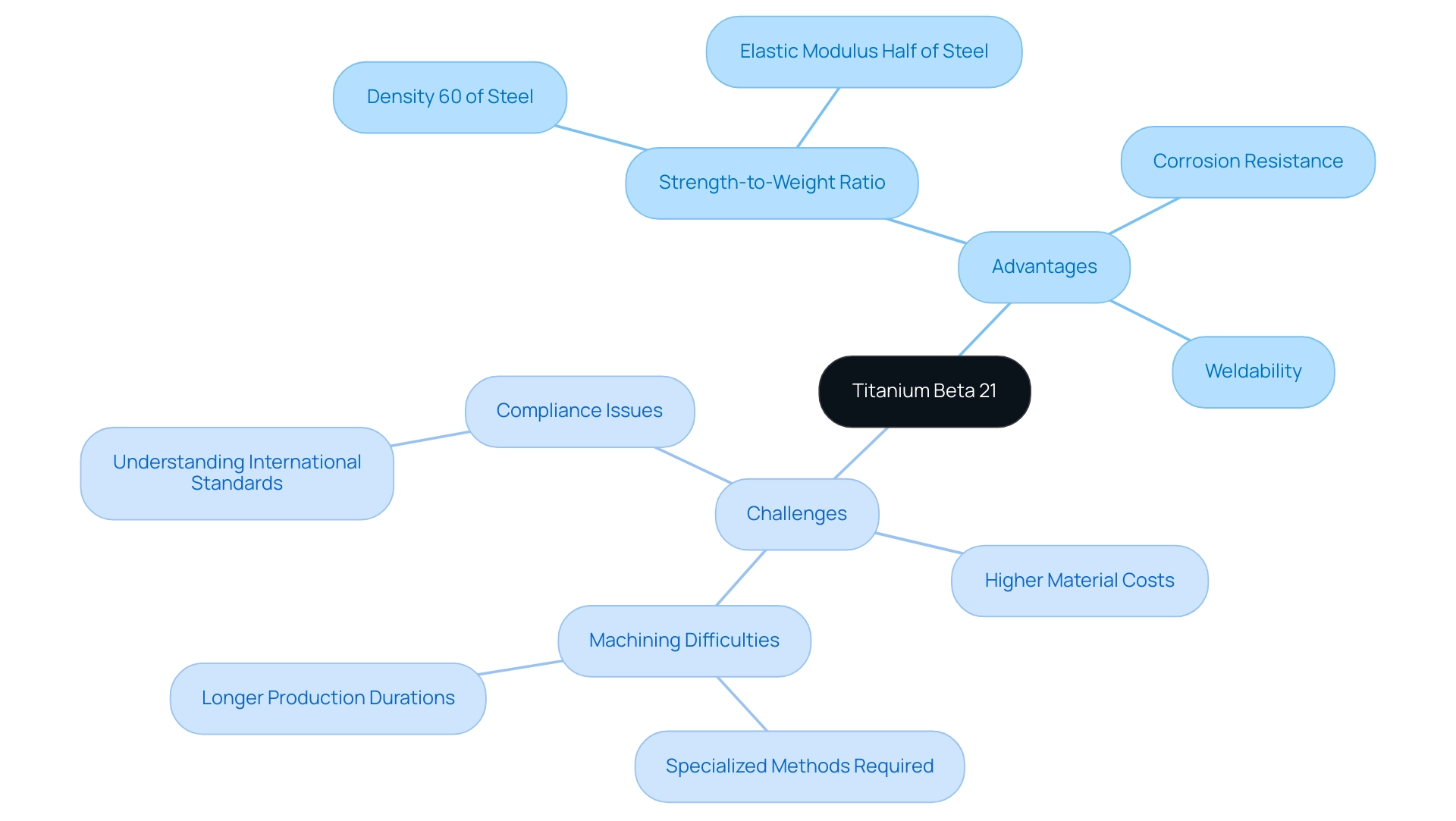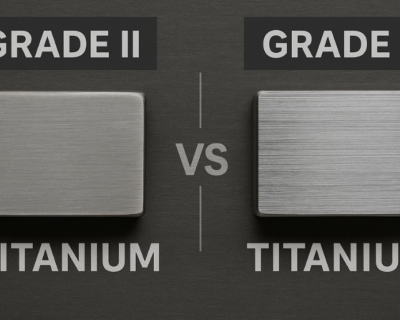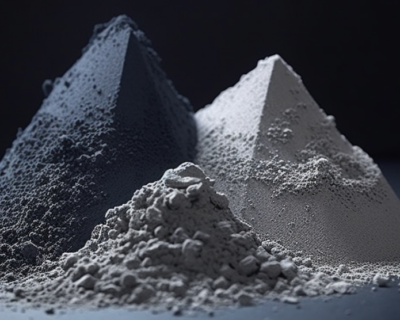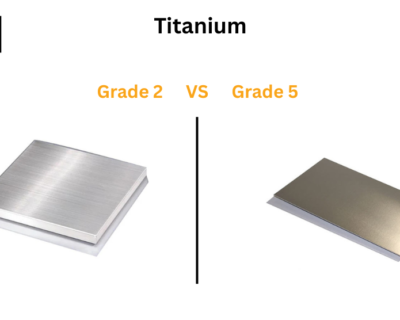Blogs
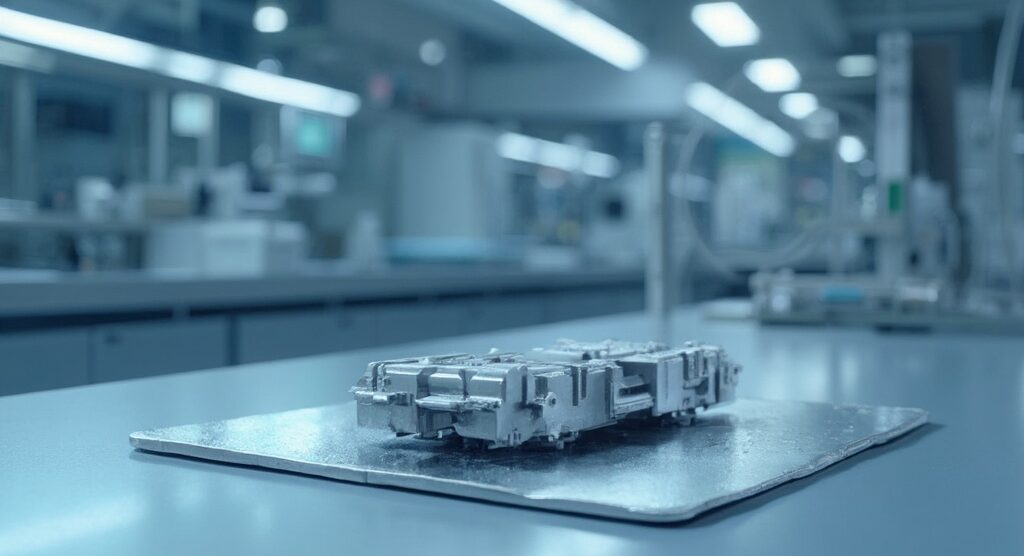
Understanding Titanium Beta 21: An In-Depth Tutorial on Properties and Applications
Introduction
In the realm of advanced materials, Titanium Beta 21 stands out as a formidable contender, celebrated for its remarkable strength-to-weight ratio and exceptional corrosion resistance. This titanium alloy, primarily composed of titanium, aluminum, and vanadium, is engineered to meet the rigorous demands of industries such as aerospace, automotive, and electronics.
As organizations increasingly prioritize material performance and safety, understanding the nuances of Titanium Beta 21 becomes essential. From its unique properties and diverse applications to the challenges faced during processing and procurement, this article delves into the intricacies of Titanium Beta 21, offering critical insights for professionals navigating the complexities of modern engineering and supply chain management.
Introduction to Titanium Beta 21: Definition and Overview
Titanium Beta 21, known as Ti-21S, is a titanium mixture noted for its high strength-to-weight ratio and excellent corrosion resistance. It is primarily composed of titanium with additions of aluminum and vanadium, which provide unique mechanical properties that make it suitable for demanding applications, including those that utilize beta 21. Grasping this mixture, including beta 21, is essential for professionals involved in sectors such as aerospace, automotive, and electronics, where material performance is critical.
In explosive environments, the use of Non-Sparking Tools is vital to ensure safety during operations, particularly when handling titanium alloys such as 21. Furthermore, procurement managers should consider the availability of related high-temperature materials, such as:
- Electrical insulation papers
- PTFE coated yarns
- Other products from trustworthy suppliers
to enhance operational efficiency and safety in their usage.
Key Properties of Titanium Beta 21: Composition and Characteristics
The chemical composition of Titanium Beta 21 typically includes:
- 6% aluminum
- 4% vanadium
These elements enhance its strength and stability at elevated temperatures. Physical properties include:
- A density of approximately 4.43 g/cm³
- High tensile strength (up to 900 MPa)
- Excellent fatigue resistance
These characteristics make beta 21 an appealing choice for uses that require lightweight yet durable materials, particularly in components subjected to high stress and temperature variations.
In conjunction with advanced materials such as Mica Insulation Tape and Mica Tape for Electrical, known for their exceptional high-temperature resistance and electrical insulation, procurement managers can ensure the reliability and durability of their projects. Mica Insulation Tape delivers outstanding insulating characteristics, while Mica Tape for Electrical provides exceptional flame resistance and dielectric strength, rendering them essential in crucial electrical engineering contexts.
Applications of Titanium Beta 21: Where and How It’s Used
Titanium beta 21 is commonly used in aerospace components, such as airframes and engine parts, because of its lightweight nature and capacity to withstand extreme conditions. Its properties also make it suitable for use in explosive environments, where Non-Sparking Tools are essential for safety. Additionally, it finds applications in the medical field for implants and surgical instruments, where biocompatibility is crucial.
In comparison to DOMADIA Oxygen Free Copper, which is utilized in critical medical components for its excellent conductivity and purity, the beta 21 alloy offers advantages in terms of strength and weight reduction. Furthermore, its corrosion resistance makes it suitable for chemical processing equipment, enhancing the longevity of components exposed to harsh environments.
Processing and Finishing Techniques for Titanium Beta 21
Processing this metal requires specialized techniques that utilize its unique properties. Precision machining stands out as a critical method, enabling manufacturers to achieve tight tolerances essential for high-performance uses. According to recent studies, adopting best practices in machining can significantly enhance the efficiency and effectiveness of processing Titanium Beta 21.
For instance, the passivation current density of Ti–13Mo–7Zr–3Fe (α + β) is measured at 2.2 ± 0.1 μA cm, highlighting the importance of controlling processing conditions to prevent contamination and ensure optimal material performance.
Welding techniques, particularly TIG welding, are vital for creating strong joints while minimizing contamination risks. Recent advancements in welding techniques for titanium materials have shown promising results, with experts noting that β-Ti compositions represent a significant innovation in applications such as dental implants. Conrado R. M. Afonso from the Department of Materials Engineering at Universidade Federal de São Carlos emphasizes that these compositions can effectively overcome limitations posed by traditional α and α+β variants.
Additionally, research by Chirico et al. in 2020, the beta 21 titanium compositions produced from titanium hydride underscores the importance of innovative processing techniques that can further enhance the material’s performance. Finishing methods, such as anodizing, further improve corrosion resistance and surface quality, making them essential in the processing of the alloy 21.
Furthermore, a case study by Mishchenko et al. (2020) reported an elastic modulus of 28.3 GPA for the mixture 19Ti-59.5Zr-21.4Nb, illustrating the mechanical properties relevant to processing considerations.
By implementing these best practices and insights, manufacturers can maximize the material’s performance and durability in its intended uses, ensuring that they meet the stringent requirements of modern engineering challenges.
Advantages and Challenges of Using Titanium Beta 21
Titanium Beta 21 offers a remarkable combination of exceptional strength-to-weight ratio, excellent corrosion resistance, and good weldability, making it highly suitable for a variety of high-performance applications. Specifically, the density of titanium mixtures is about 60% that of steel, and their elastic modulus is approximately half that of steel, which underscores the material’s advantageous strength-to-weight ratio. However, procurement managers must navigate several challenges associated with this alloy.
Notably, the material costs are significantly higher than those of traditional steels, which can impact budget considerations. Furthermore, the strength of the alloy presents machining challenges that necessitate specialized methods and equipment, possibly resulting in longer production durations and expenses. As observed by engineers in the field, ‘The benefits of this alloy often come with trade-offs in machining efficiency.’
Moreover, the Aeronautical Development Agency (ADA) has determined that substituting steel parts with a specific alloy can lead to a possible weight reduction of 40%, which highlights its benefits in scenarios where minimizing weight is essential. Compliance with international standards for materials can complicate sourcing and procurement processes, necessitating a thorough understanding of these factors. Recognizing the balance between performance benefits and the associated challenges is crucial for optimizing the use of beta 21 Titanium in specific projects.
Recent developments, such as the launch of new stealth aircraft by Mikoyan MIG and the introduction of a high-strength metastable beta titanium alloy by DRDO, further illustrate the ongoing innovation in the titanium alloy sector, particularly for aerospace structural applications.
Conclusion
Titanium Beta 21 emerges as a powerful material choice in modern engineering, offering a compelling blend of lightweight strength and exceptional corrosion resistance. Its unique composition, featuring aluminum and vanadium, equips it with mechanical properties that meet the stringent demands of industries such as aerospace, automotive, and medical. The article underscores the versatility of Titanium Beta 21, showcasing its applications in high-performance components, from aircraft engine parts to surgical instruments, where reliability and safety are paramount.
Despite its advantages, the challenges associated with Titanium Beta 21 cannot be overlooked. Higher material costs and specialized processing techniques can complicate procurement and manufacturing. However, understanding these challenges allows procurement managers to make informed decisions that balance performance benefits with budgetary constraints. By employing best practices in processing and utilizing complementary materials, organizations can maximize the potential of Titanium Beta 21, ensuring optimal performance in critical applications.
In conclusion, as industries continue to evolve and prioritize material performance, Titanium Beta 21 stands out as a strategic choice. Its remarkable characteristics, coupled with ongoing innovations in processing and application, position it as a frontrunner in advanced materials. Embracing this alloy is not merely a technical decision but a strategic imperative for organizations aiming to enhance safety, efficiency, and performance in their operations.

